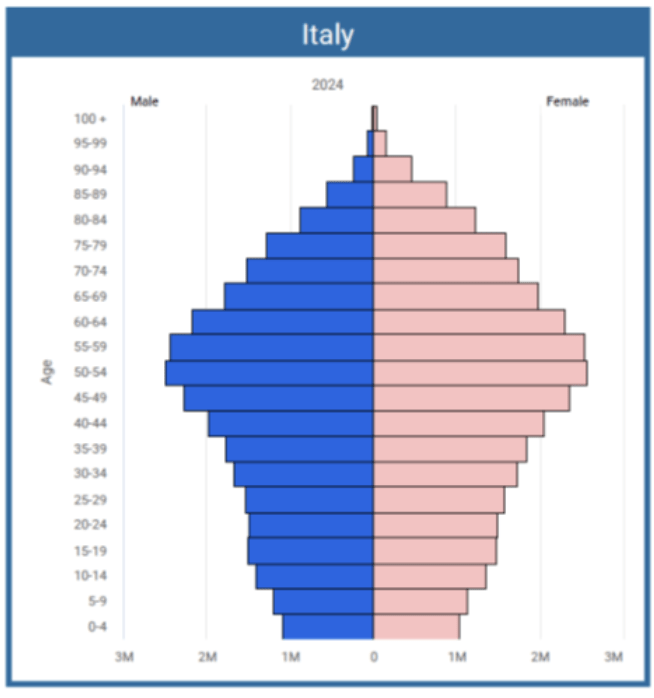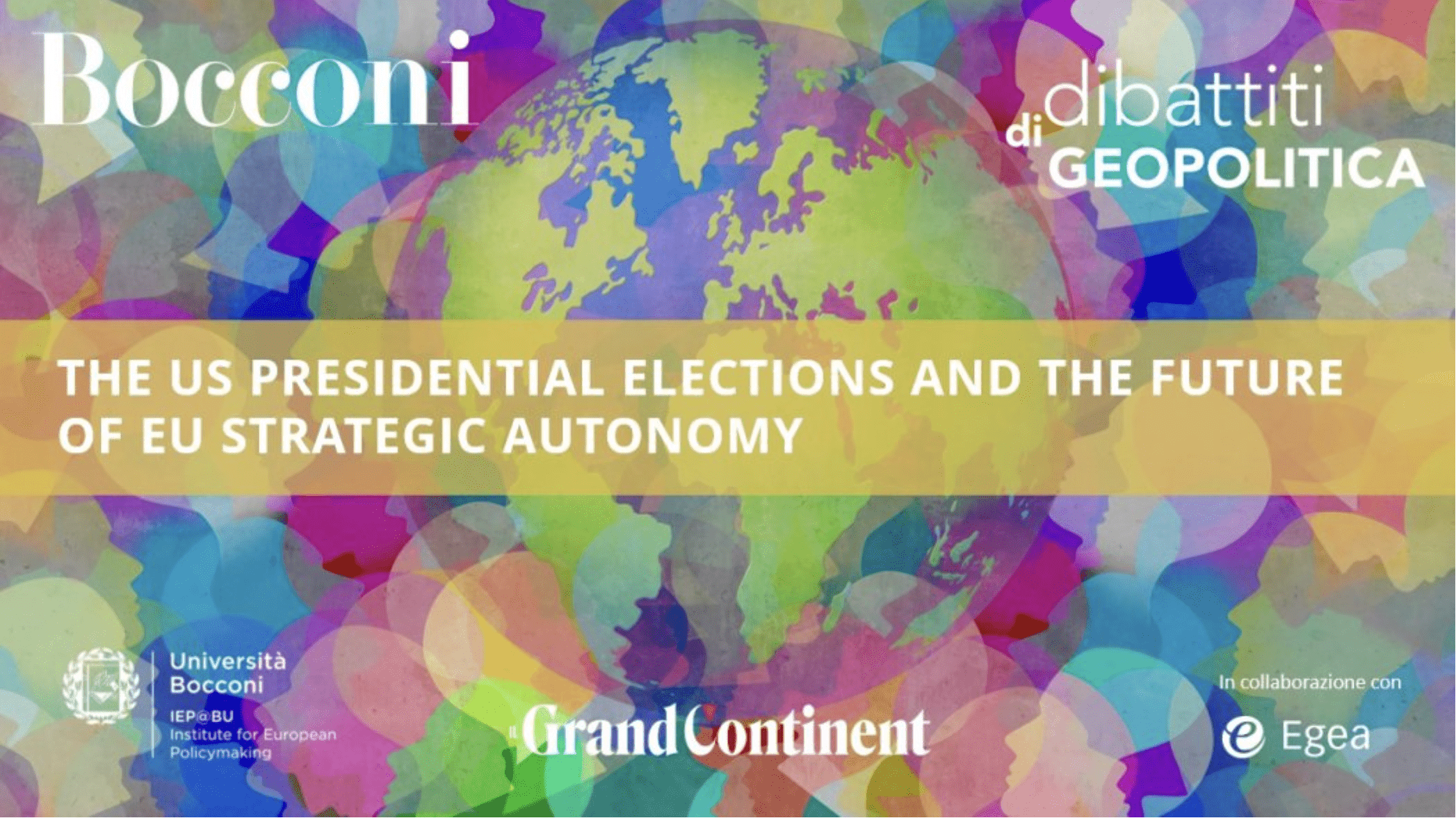How Demographic Trends in the US Electorate Could Shape the Presidential Race
The age demographics in key swing states reveal a significant number of young potential voters who are more likely to support Kamala Harris. However, young voters are historically the least likely to turn out at the polls.

You could be forgiven for losing interest in your favorite Netflix thriller these days. Just switch to the national news, and reality feels far more suspenseful than anything streaming platforms can offer. Geopolitical tensions have erupted, with the Middle East conflict taking center stage. Meanwhile, the already intense U.S. election campaign took a dramatic turn when Biden stepped aside in favor of Kamala Harris, reigniting the race. While Harris has boosted the Democrats' prospects, the ongoing geopolitical crisis could still influence the final outcome. The result remains hard to predict, but there is little doubt that the outcome of the election will be profound – not only for the US but also for the rest of the World.
Regardless of how the Middle East crisis or the war in Ukraine unfolds, certain fundamental factors will still shape the U.S. election. One key factor is the demographic composition of the electorate, especially in swing states like Arizona, Georgia, Michigan, Pennsylvania, and Wisconsin. Surprises could also emerge in Nevada and North Carolina.
As the Pew Institute has shown, over the past three decades, the U.S. electorate has grown more diverse in terms of race, ethnicity, education, age, and religious affiliation. These demographic shifts have changed both political parties but have more significantly transformed the Democratic Party. In 2024, 67% of the total number of registered voters are White, down from 85% in 1996. Hispanic, Black, and Asian voters have increased. The Democratic Party has seen a significant rise in racial diversity, with its White share dropping from 77% to 56%. Republicans remain predominantly White, with 79% of their voters identifying as such.
Consistent with trends in most other OECD countries, the US electorate is getting older. In 2024, 60% of voters are over 50, compared to 41% in 1996. The group of Republican voters is older, with two-thirds over 50, while Democrats have a larger proportion of younger voters. Education levels have increased. Among Democrats, the share of college-educated voters has doubled since 1996, from 22% to 45%. Republicans have seen a more modest increase in education.
Christian affiliation among voters has declined, with 67% identifying as Christian in 2024, compared to 79% fifteen years ago. Non-religious have doubled, with more Democrats becoming religiously unaffiliated, while Republicans remain overwhelmingly Christian. The electorate remains largely moderate or conservative. Around 57% of Republican voters identify as conservative, while the Democratic coalition is more ideologically mixed, with nearly equal shares of liberals and moderates.
Kamala Harris, with her diverse background and relatively younger age, resonates well with this demographic shift. In particular, she appeals to women - especially by focusing on reproductive rights - and, perhaps more crucially, to younger voters. Certainly, Biden did not do a good job in attracting young voters, nor did he appeal particularly well to the African-American voter base either. These are voter groups Kamala Harris is now bringing back.
In fact, recent polls show that younger Americans strongly favor Kamala Harris in the upcoming presidential election. Among voters aged 18 to 29, 60% said they planned to vote for Harris, while only 33% supported Donald Trump.
For Harris, U.S. demographics are on her side. Though the US population and its electorate has become older over time, the age distribution of the US is very different from most European countries: the U.S. has a notably youthful population. This becomes clear when comparing the U.S. age pyramid to that of Italy, both reflecting their population structure for 2024 (Source: Census.gov).


The key difference is that U.S. fertility rates have remained significantly higher than most other OECD countries over the past 30 years, meaning the U.S. has not yet experienced the aging seen in so many European countries. As is clear from these age pyramids, in Italy, a shrewd politician would be ill-advised to make a bet on young voters: there are simply so few of them.
The age pyramids of the key swing states also show an abundance of young potential voters. In Michigan, Wisconsin, and Pennsylvania, the median age is around 40, while in North Carolina it is 39.4, and in Arizona is slightly younger at 38.9.
There is only one problem: young people are the ones least likely to vote! According to Pew Research, voters aged 18 to 29 consistently show lower voter turnout compared to older age groups. In fact, when looking at previous elections, the voter turn-out among 18 to 29-year-olds have been just above 40 percent, whereas among the age group 45 to 59-year-olds, it has been around 60 percent. Importantly, the latter group is way more likely to vote Republican. There are some positive signs, however: in the 2020 election, around 55 percent of those aged 18 – 29 cast their vote. That is an uptick from previous years (it was 44 percent in 2016).
Kamala Harris’ biggest job, then, is to carry on with the excitement and ensure it trickles down to actual countable votes. It will be all Tik-Tok, WhatsApp, and Snap-chat from here on to election day: Make voting cool again!

The US Presidential Elections and the Future of EU Strategic Autonomy
Two days after the November 5 elections, we will unpack the consequences from a European perspective. Please join us
